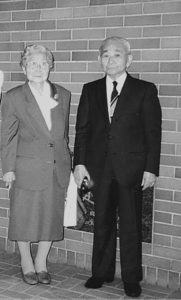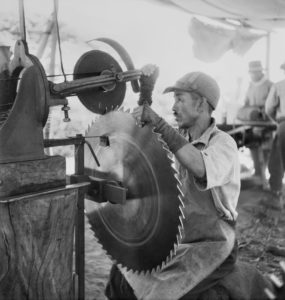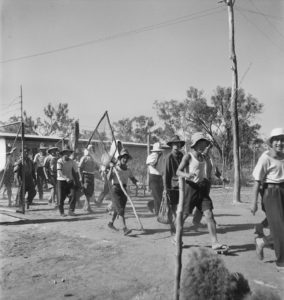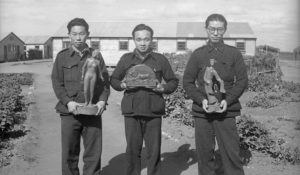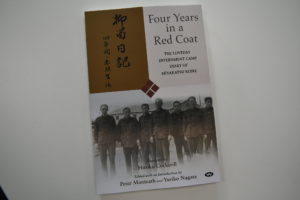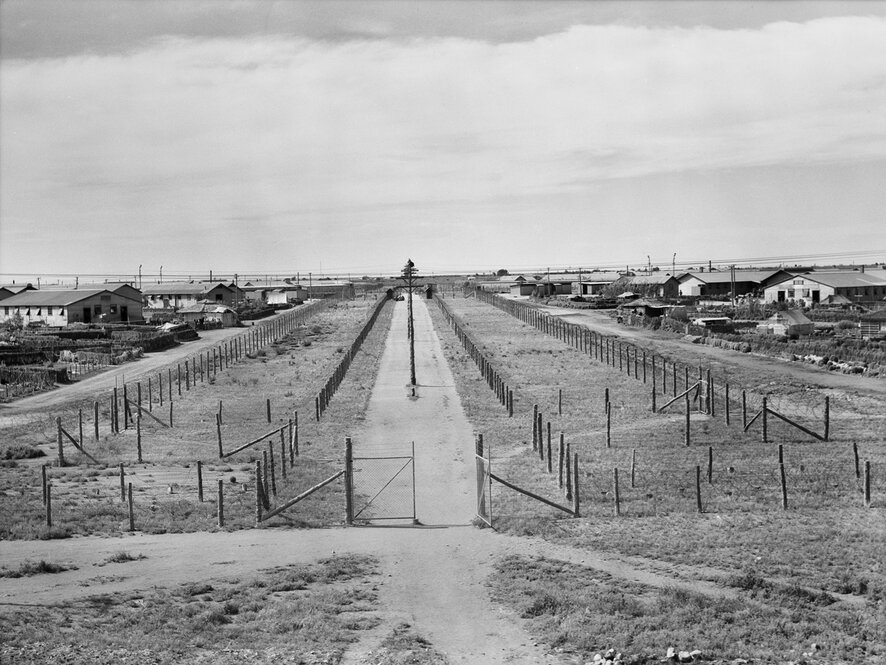
As 80th anniversary commemorations for the Darwin bombings take place in February 2022, a wartime journal written by a Japanese prisoner in South Australia's most notorious internment camp offers a window into the past from an outsider's perspective, for the first time.
In Four Years in a Red Coat: The Loveday Internment Camp Diary of Miyakatsu Koike, Editors Professor Peter Monteath and Dr Yuriko Nagata describe the experiences of Miyakatsu Koike, a Japanese bank employee in the Dutch East Indies who left behind a middle class life during the war.
The Loveday camp is located near the town of Barmera in South Australia's Riverland – established in 1941, Loveday grew to become the largest civilian internment camp in Australia with well over 5000 internees and some 1500 AMF personnel at its maximum size.
"The Australian government swiftly interned people who were regarded as security threats because they came from countries with which Australia was at war, with the largest groups being Italians, Germans, and the Japanese," says Editor and Professor of History at Flinders University, Peter Monteath.
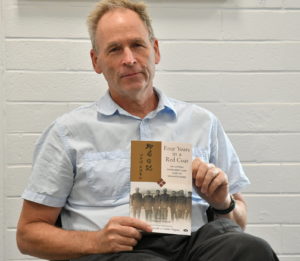
Koike was among 8000 people brought to Australia by an arrangement with the governments of the UK and Dutch East Indies, only to find a harsh life waiting in the South Australian Riverland.
Four Years in a Red Coat presents for the first time in English translation Miyakatsu Koike's wartime diary. It is a keenly observed record of his arrest, his hellish voyage to distant South Australia, his endurance of years in the Loveday Internment Camp, and his return ultimately to a war-ravaged homeland.
Koike remained in Loveday until February 1946 and wrote a diary of his experiences during the war.
"The book is a testament to one man's calmly stoic triumph over sustained adversity. The scars of his war are indelible, yet Koike emerges from it with his humanity not just intact but enhanced."
Professor Monteath says the story of the people at Loveday is an important part of history of South Australia, but also reveals much about the wider history of the Second World War and the multicultural foundations of post-war Australia.
"Like those who were already in Australia, they were acutely aware of the inherent unfairness of being locked away for an indefinite period without even being charged with any crime, let alone convicted.
The internment camp system in Australia was run by military authorities, who also ran the POW camp system. Not only were the guards at Loveday and other civilian internment camps drawn from the Australian Military Forces, but the facilities were very similar to those of POW camps.
The layout and construction of the camps were remarkably similar. Some camps, including Loveday, were used for civilian POWs and internees, but at different times."
So, what can Miyakatsu Koike's personal story teach us about Australia's humanitarian record and approach to multiculturalism?
"After the Italian Armistice in September 1943, release from internment became more common, but for thousands internment was a long and painful experience
Among Japanese internees in particular, release was extremely rare, and repatriation could not finally be arranged until well after the war had ended. Bitter memories of internment lived on in most internees for decades. It even lives on in their descendants to this day."

